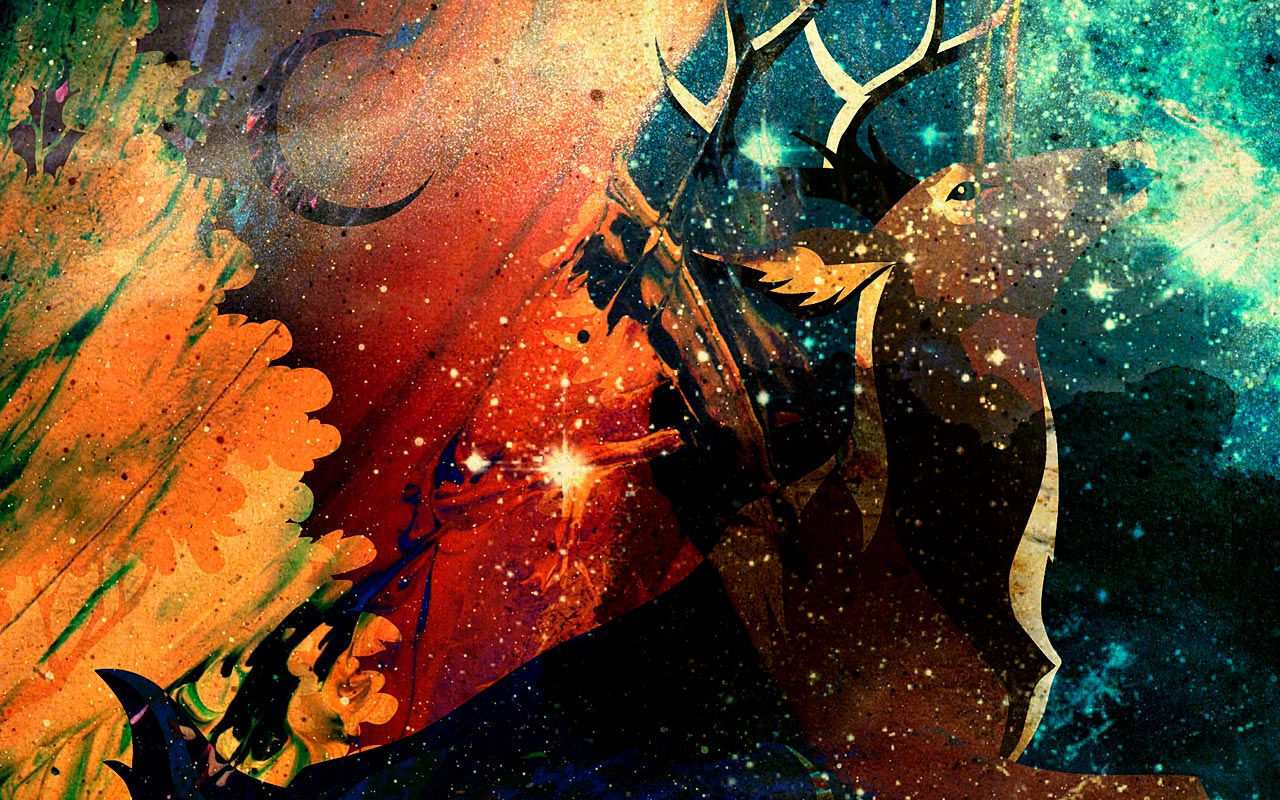Exploring 3D Design in Creative Technology Projects
- Rodney Lazaro
- 5 days ago
- 3 min read
In the rapidly evolving world of technology, 3D design has emerged as a pivotal element in various creative projects. From video games to virtual reality experiences, the ability to create three-dimensional objects and environments has transformed how we interact with digital content. This blog post delves into the significance of 3D design in creative technology projects, exploring its applications, tools, and the future it holds.
The Importance of 3D Design
3D design is not just about aesthetics; it plays a crucial role in enhancing user experience and engagement. Here are some key reasons why 3D design is essential in creative technology projects:
Realism: 3D models provide a more realistic representation of objects, making them more relatable to users.
Interactivity: Users can interact with 3D designs in ways that flat images cannot offer, enhancing engagement.
Visualization: 3D design allows for better visualization of complex concepts, making them easier to understand.
Applications of 3D Design
Video Games
The gaming industry is one of the most prominent fields utilizing 3D design. Games like "The Legend of Zelda: Breath of the Wild" and "Fortnite" showcase intricate 3D environments and characters that immerse players in their worlds.
Character Design: 3D modeling enables developers to create detailed characters with unique features and animations.
Environment Creation: Designers can build expansive worlds that players can explore, enhancing the gaming experience.
Virtual Reality
Virtual reality (VR) relies heavily on 3D design to create immersive experiences. Applications range from gaming to training simulations.
Training Simulations: Industries such as healthcare and aviation use VR for training purposes, allowing trainees to practice in a safe, controlled environment.
Entertainment: VR experiences like "Beat Saber" allow users to engage with music and rhythm in a fully immersive 3D space.
Architecture and Interior Design
3D design is invaluable in architecture and interior design, allowing professionals to visualize their projects before construction begins.
Architectural Visualization: Architects can create 3D models of buildings, helping clients understand the final product.
Interior Design: Designers can showcase how furniture and decor will look in a space, aiding clients in decision-making.

Tools for 3D Design
Several tools are available for creating 3D designs, each catering to different needs and skill levels. Here are some popular options:
Blender
Blender is a powerful open-source 3D modeling tool that offers a wide range of features, including modeling, animation, and rendering. Its versatility makes it suitable for both beginners and professionals.
Autodesk Maya
Autodesk Maya is a professional-grade software used in film and game development. It provides advanced tools for character rigging, animation, and simulation.
SketchUp
SketchUp is user-friendly software ideal for architectural and interior design projects. Its intuitive interface allows users to create 3D models quickly.
The Future of 3D Design
As technology continues to advance, the future of 3D design looks promising. Here are some trends to watch:
Integration with AI
Artificial intelligence is beginning to play a role in 3D design, automating certain tasks and enhancing creativity. AI tools can assist designers in generating models based on specific parameters, saving time and effort.
3D Printing
The rise of 3D printing technology is revolutionizing how we create physical objects. Designers can now produce prototypes and final products directly from their 3D models, streamlining the manufacturing process.
Augmented Reality
Augmented reality (AR) is another area where 3D design is making waves. AR applications allow users to overlay digital objects onto the real world, creating interactive experiences. For example, apps like IKEA Place enable users to visualize furniture in their homes before making a purchase.
Challenges in 3D Design
While 3D design offers numerous benefits, it also presents challenges that designers must navigate:
Technical Skills
Creating high-quality 3D designs requires a certain level of technical skill and knowledge of software tools. Beginners may find the learning curve steep, which can be a barrier to entry.
Time-Consuming
3D modeling can be time-consuming, especially for complex projects. Designers must balance quality with efficiency to meet deadlines.
Hardware Limitations
High-quality 3D design often requires powerful hardware. Not all designers have access to the necessary equipment, which can limit their capabilities.
Conclusion
3D design is a vital component of creative technology projects, enhancing realism, interactivity, and visualization across various industries. As tools and technologies continue to evolve, the possibilities for 3D design are expanding. Whether you are a seasoned designer or just starting, embracing 3D design can open up new avenues for creativity and innovation.
As you explore the world of 3D design, consider how you can integrate it into your projects. The future is bright for those willing to adapt and innovate in this exciting field.






Comments